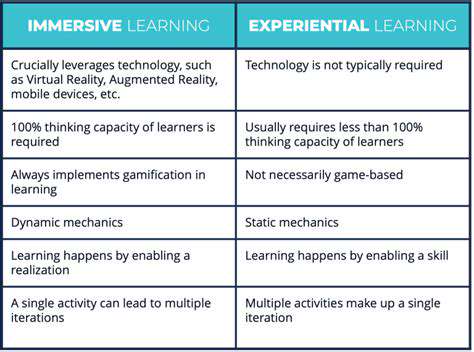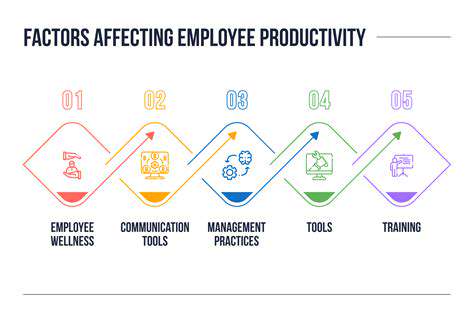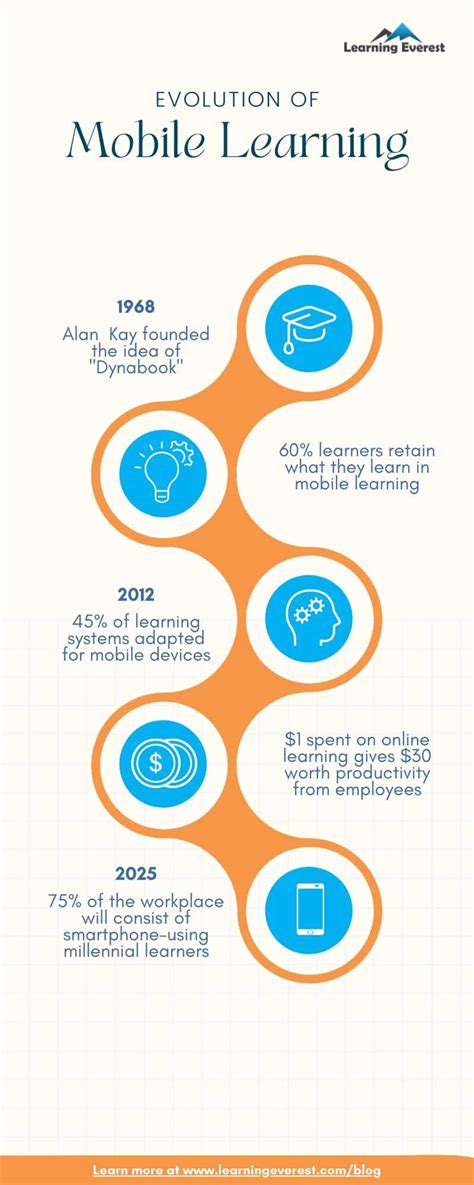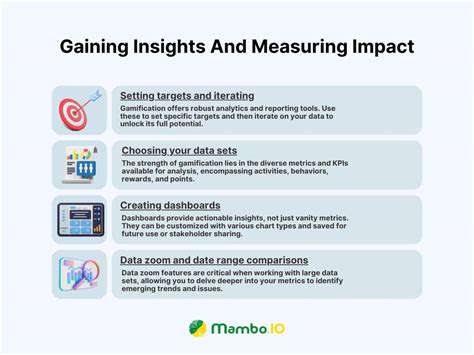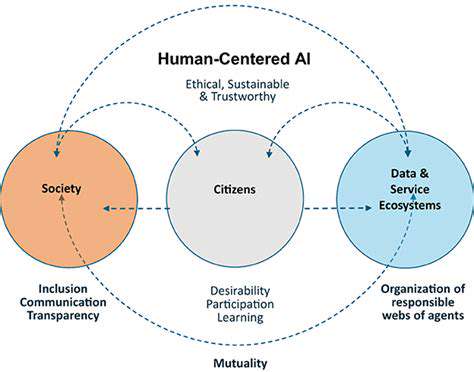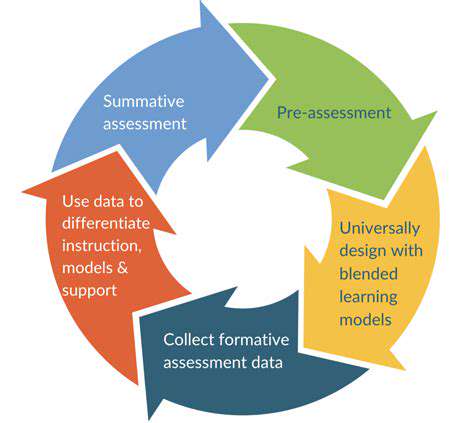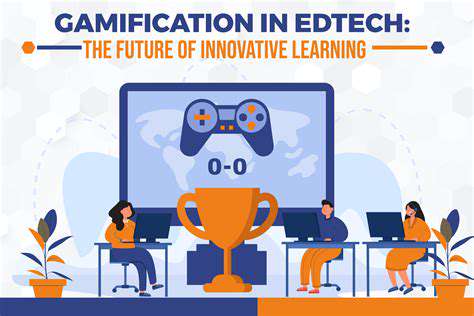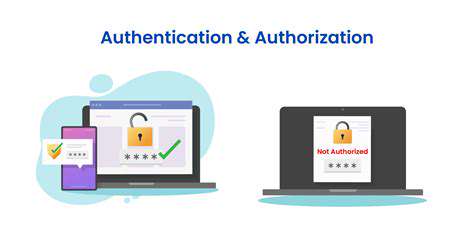Ethical Gamification: Avoiding Manipulation and Addiction
Potential Pitfalls of Unchecked Gamification
Consider the case of a popular language learning app that saw user complaints skyrocket after introducing competitive elements. Their mistake? Turning practice into a zero-sum game. Collaboration plummeted as users focused solely on topping weekly rankings. The fix came when they added cooperative challenges - group goals that required mutual support to unlock premium content.
Authenticity matters more than we often acknowledge. Users can smell manipulative design from miles away. When a banking app introduced financial fitness badges with no real-world value, account activity actually decreased. The golden rule: Game elements must serve the core purpose, not distract from it.
Balancing Reward and Motivation in Gamified Systems
The most successful systems master the art of motivational alchemy - transforming extrinsic rewards into intrinsic drive. Duolingo's streak system exemplifies this. What begins as concern about losing points evolves into genuine daily practice. Their data shows 70% of 30-day streak maintainers continue for at least six months.
Reward schedules require scientific precision. Immediate rewards work best for new behaviors, while variable reinforcement maintains established habits. The sweet spot? About 40% challenge success rate according to flow state research. Get this balance wrong and you'll either frustrate or bore your users into abandonment.
Transparency and User Control: Empowering Choice

Transparency in Action
Modern users demand transparency like never before. A 2023 survey showed 78% of app users will abandon platforms with unclear data practices. The best implementations use layered disclosures - simple overviews with optional technical details. One health app reduced opt-outs by 60% simply by explaining how step-count data improved workout recommendations.
User Control Mechanisms
Control isn't just about privacy toggles anymore. Advanced systems now offer motivation dials letting users adjust challenge levels daily. The most empowering designs make users co-creators, like the coding platform that allows learners to design their own achievement badges. Surprisingly, user-created rewards see 3x higher pursuit rates than developer-created ones.
Data Privacy and Security
With gamification often processing sensitive behavioral data, security can't be an afterthought. The new standard? Real-time data custody indicators showing exactly where information resides and who accessed it. One financial app uses color-coded shields that turn red when unusual access occurs - a feature that boosted trust scores by 45%.
Accessibility and Inclusivity
True accessibility goes beyond screen readers. The most innovative designs accommodate cognitive differences through adjustable time limits and multiple solution paths. A math app for dyscalculic learners saw completion rates triple after introducing color-coded number representations alongside digits.
Addressing Potential for Manipulation and Addiction
Designing for Player Autonomy
The most ethical systems build in friction points - intentional pauses that prompt reflection. A meditation app's Are you sure you want another session? message reduced compulsive use by 30% without affecting healthy engagement. These mindful interruptions respect user agency while maintaining engagement.
Balancing Rewards and Challenges
Seasonal resets prevent the forever behind effect that discourages late adopters. A fitness platform's quarterly leaderboard refresh doubled retention among users who joined mid-cycle. The key is structuring multiple overlapping challenge timelines - daily, weekly, and lifetime goals that let everyone find their competitive niche.
Balancing Fun and Functionality: Prioritizing Well-being

Prioritizing Playful Learning
The most effective educational games disguise learning as exploration. A geology app that framed mineral identification as solving crime scenes saw 90% improvement in recall tests. The magic happens when challenge and curiosity align - what psychologists call hard fun.
Designing for Usability and Accessibility
Universal design principles prove their worth in gamification. A language app introducing response shape options (drag-drop, type, or speak answers) saw engagement gaps between neurotypical and neurodivergent users disappear. When systems adapt to diverse needs, everyone wins.
